One of the main difficulties of false colour infrared photography, that is, photography where you are recording a mix of both visible and infrared light, is that most lenses do not focus infrared and visible light at the same point. This results in a chromatic aberration effect in images that cannot really be corrected.
In visible light only, lateral CA is relatively easy to correct as the wavelengths of light are recorded in separate red, green, and blue colour channels. But when mixing visible and infrared light together, the infrared does not have its own specific colour channel but is recorded in all 3 colour channels. And so if it does not focus at the same point as the red, green, and blue light, there is no way to adjust it.
Schneider Kreuznach make a line of lenses that are meant to be optimised for working from 400nm-1000nm, the Xenon-Emerald series. These lenses are not cheap and they are quite difficult to find available for purchase, as they are intended more as industrial lenses than for recreational photography.
I recently managed to get hold of the 28mm Xenon-Emerald LD lens. (They make an SD version of the lens designed for close-up work, and an LD version designed for longer focus distances). I already had the 50mm Xenon-Emerald, but wanted a wider focal length. Sadly though, the 28mm does not actually seem to be optimised for Vis + IR work, as you'll see in these tests.
Test
For this test I focused manually on larger trees @ f/2.8 on the Schneider-Kreuznach, then stopped down to f/8. Autofocus was set on the larger trees on the Canon lens.
The scene was lit by hazy sunshine, and the clouds got thicker for the RF images so they weren't shot in as identical conditions as I would like. But it is still similar enough to show the differences between the two lenses.
Tests were carried out on a full spectrum converted Canon R5. For the Schneider lens, 49mm filters were mounted in a drop-in filter adapter behind the lens (except for the 82mm filter test). For the Canon the same filters were used, but screwed into the front of the lens via a 55-49mm step down ring.
Images were shot in RAW and converted in Adobe Camera RAW, making use of custom camera profiles to enable white balance on the ones that include infrared. For each shot below I am showing the full image, then a crop.
CB565
Starting with the CB565 orange filter. This passes light with a wavelength greater than 565nm.
RF 28mm
SK 28mm
Looking at the mud tracks and wheat leaves, we see CA / double image causing bad loss of detail in the SK image while the RF looks fine. Focus point looks similar on both, though tricky to be sure on the Schneider due to the poor image quality.
82mm Orange
Next test is with an 82mm screw-in orange filter, so we can see if the position of the filter beind the lens was having a negative effect on the Schneider in the previous test.
RF 28mm
SK 28mm
We can see focus on the SK lens was closer in this test. If we look at the mud tracks closer to the camera, they are a mess with lateral chromatic aberration causing a double image effect on the Xenon-Emerald, but look fine on the Canon lens. So we can see the filter being positioned in front of or behind the lens makes no difference in terms of the bad CA on the Schneider.
QB39 (Visible only)
Next test is using an IR cut filter to compare visible light only (~400-700nm).
RF 28mm
SK 28mm
Both look fine, but the RF has more detail (it looks to be the sharper lens).
If we turn off CA correction in the RAW conversion for the Emerald lens image, we see no difference. So clearly the CA we saw in the previous images is caused by infrared being focused at a different point to visible.
Zomei 760 (IR only)
Now testing with an IR pass filter to compare infrared light only.
RF 28mm
SK 28mm
Both look pretty similar, RF slightly sharper.
So the Schneider lens does not seem to have CA issues when shooting just vis or just IR, only when you combine the two.
Lee 101
Next test is with the Lee 101, a yellow filter that passes both visible and infrared, cutting light below 480nm.
RF 28mm
SK 28mm
Again, we can look at the mud tracks and see the same issues in the image taken with the Xenon-Emerald lens. While the Canon image looks fine.
Red R1
This test was with the Red R1 filter that passes light from around 580nm and longer.
RF 28mm
SK 28mm
We see the same issues, though I would say the SK does not look quite as bad here, probably because there is less Vis as proportion of the total light.
Full spectrum
Now testing with no filter for a full spectrum image.
RF 28mm
SK 28mm
And again, we see the same problem with the Schneider lens.
Video Test
I did a quick video test just in case there is any difference between stills and video.
RF 28mm
SK 28mm
Zoomed in 10x we can clearly see pretty bad CA on the Schneider image. While the Canon lens looks fine.
Lens corrections in ACR
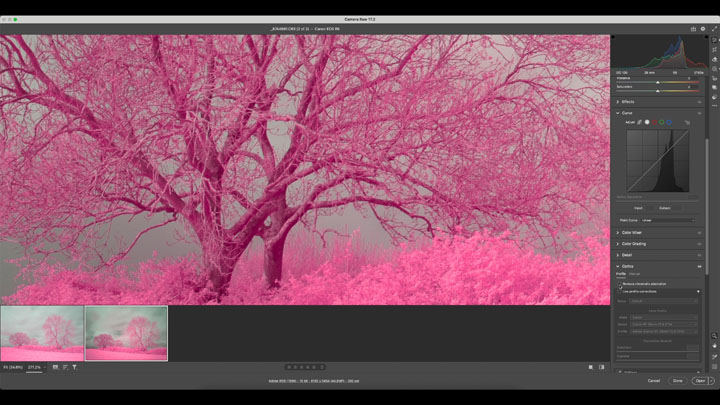
RF 28mm, lens profile off, CA correction off
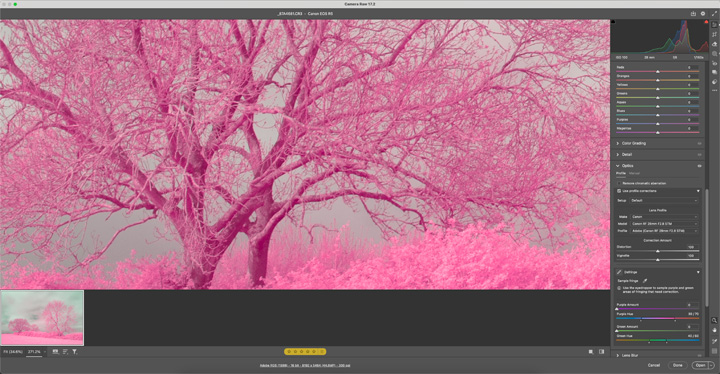
RF 28mm, lens profile on, CA correction off
In ACR we can see that the RF lens profile only changes the perspective and vignetting, it has no effect on CA.
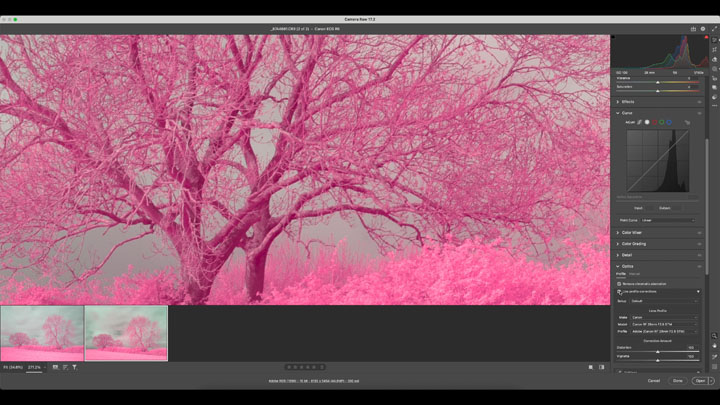
RF 28mm, lens profile on, CA correction on
CA correction does correct a small amount of CA in the RF image.
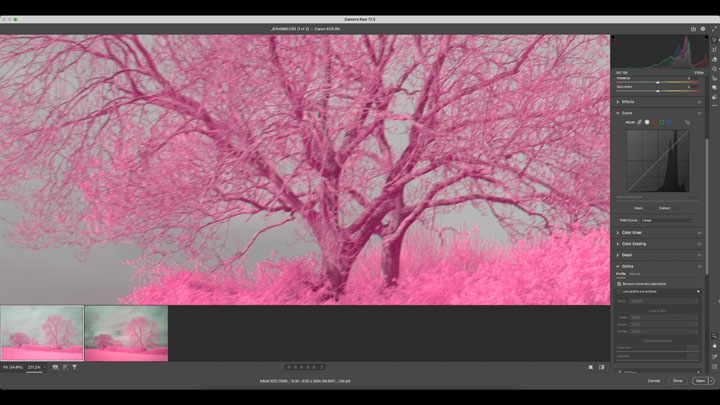
SK 28mm, no lens profile available, CA correction on
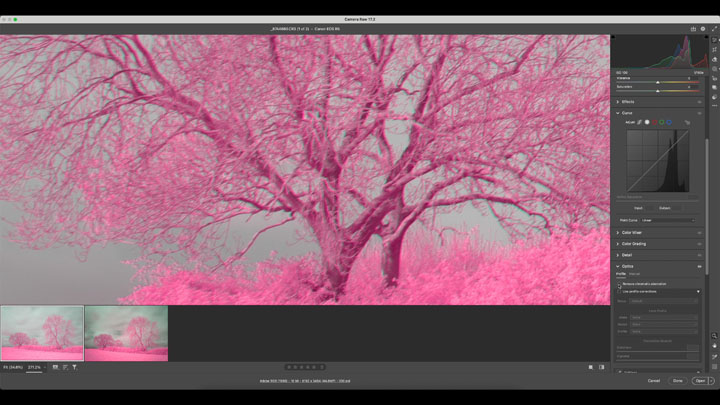
SK 28mm, no lens profile available, CA correction off
But the CA is even worse on the SK when we turn CA correction off.
Conclusion
In these tests I've been comparing the Xenon-Emerald to the Canon RF 28mm lens, which to be clear, is better in terms of focusing IR and visible light at the same point than most of my other 28mm lenses. But the Xenon-Emerald lens is designed for use for 400nm-1000nm, and should give even better results than the RF lens, (which would've only been designed for 400-700nm), not much worse. The results from the Schneider are much like my other non-specialist lenses that can be used at 28mm.
The Schneider is also much larger and heavier than any of my other 28mm primes (679g for the Xenon-Emerald once you include the needed adapters, versus 151g for the RF lens). It requires extra bits and pieces to be able to use it on a consumer-grade camera. And there is no autofocus or even auto aperture control.
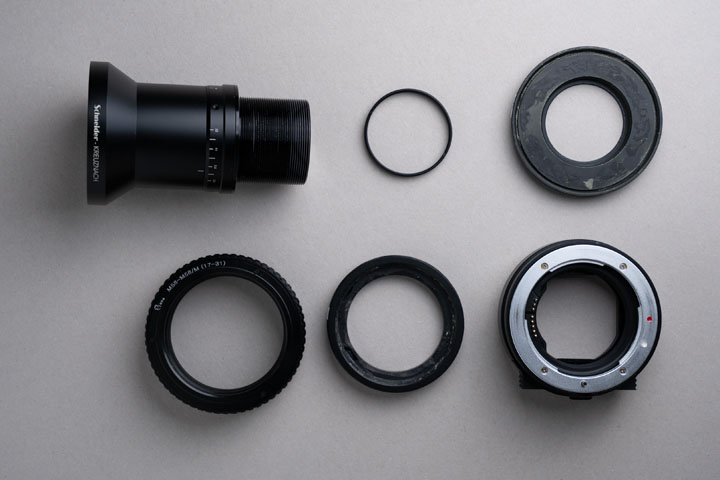
Lens and adapters used to mount on Canon RF mount camera, clockwise from top left: SK 28mm lens; M40-M42 adapter; M42-M58 adapter; M58 17-31mm helicoid; M58-Canon EF adapter; Canon EF - Canon RF drop-in filter adapter.
It is much more expensive than the Canon RF 28. As of writing this, B&H are charging $269 for the Canon lens, which is readily available, and $2130 for the Schneider lens, which is a special order item.
And even if you were to use the SK lens only for visible light photography or infrared, and not a mix, the sharpness of the lens is not as good as the RF 28 either. The only place where the Emerald beats the Canon is its lack of an IR hotspot. But I'll take having to correct the Canon images for a diffuse hotspot over the uncorrectable CA of the Schneider any time.

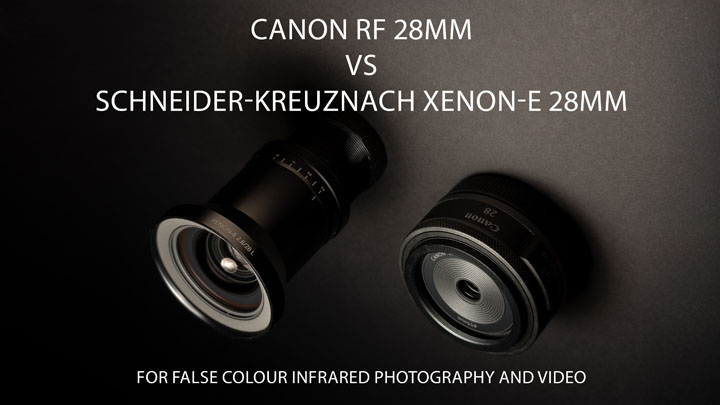
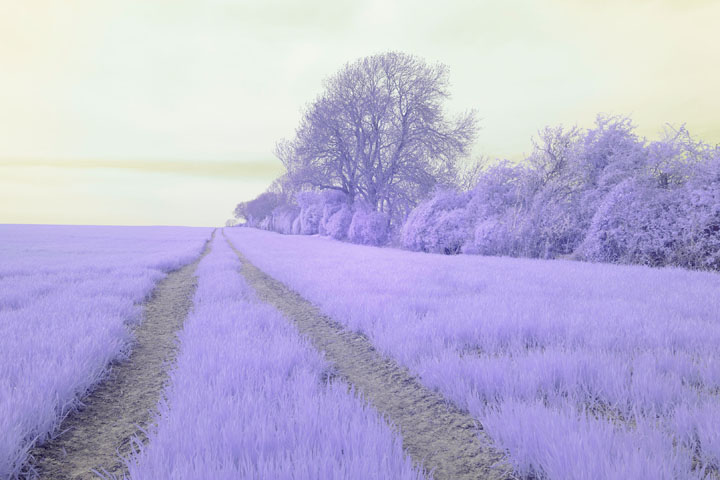
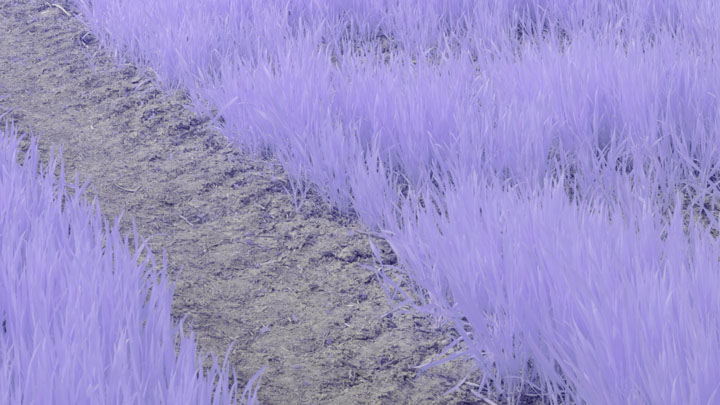
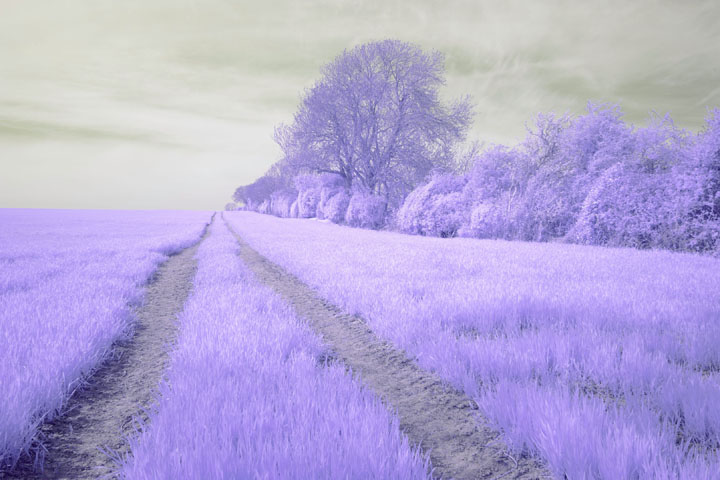

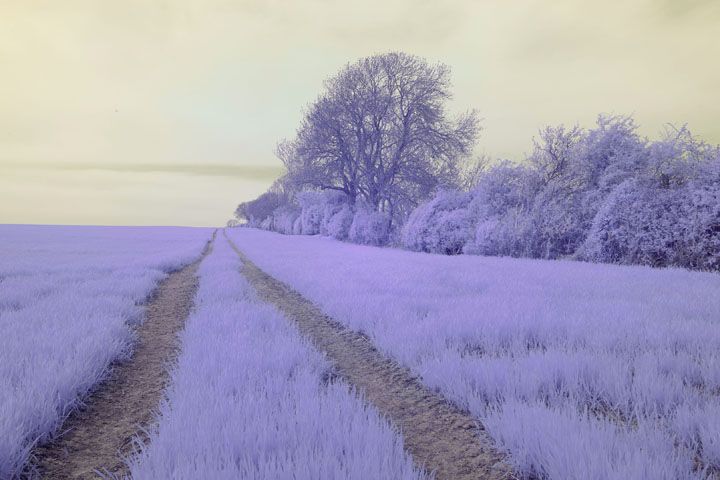
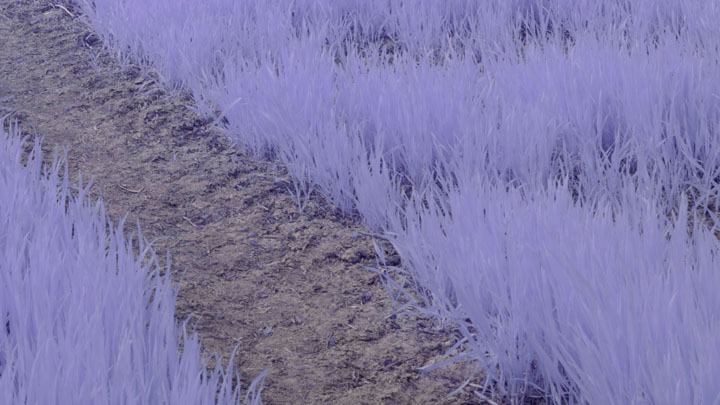
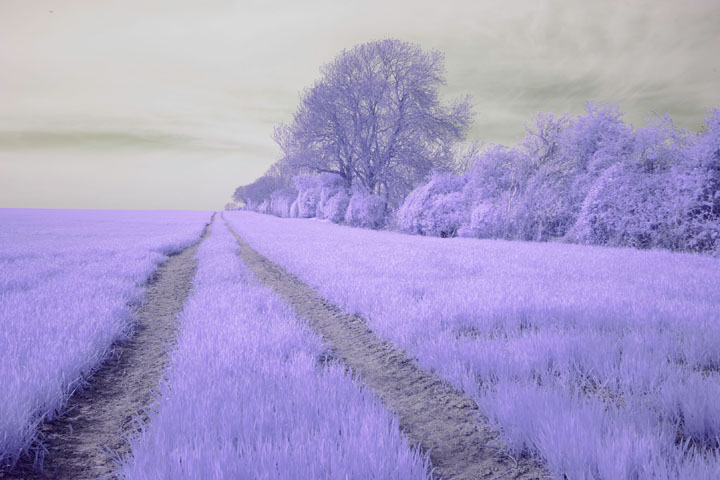

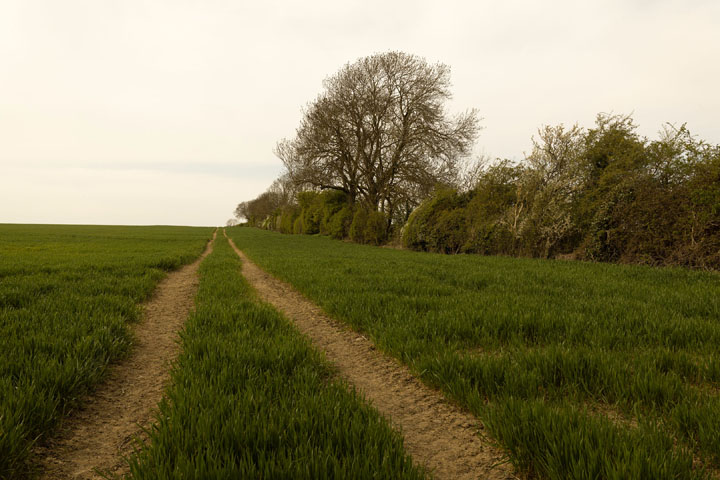
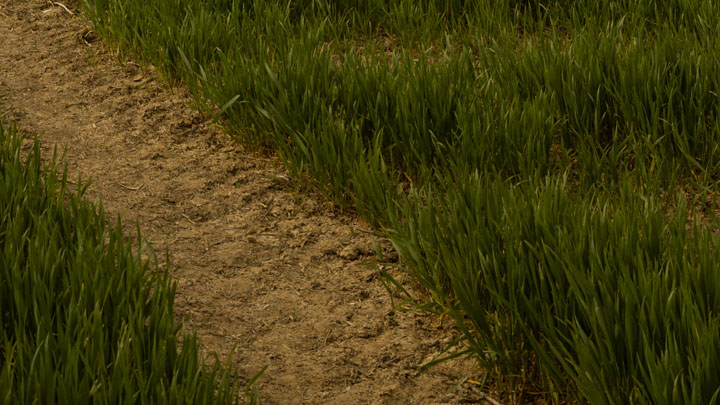
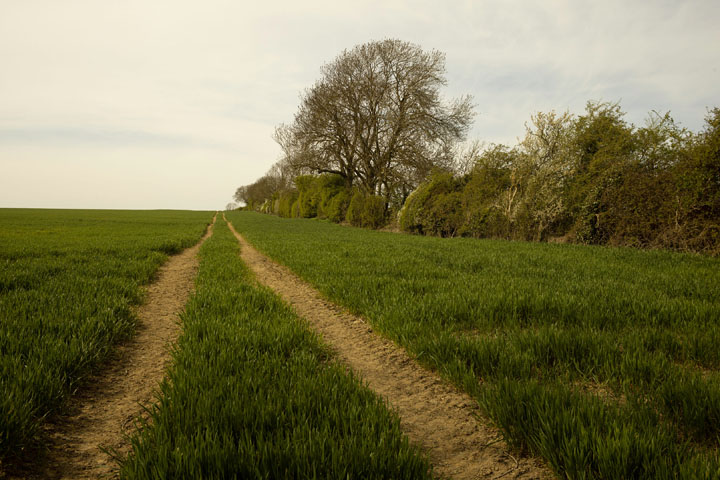
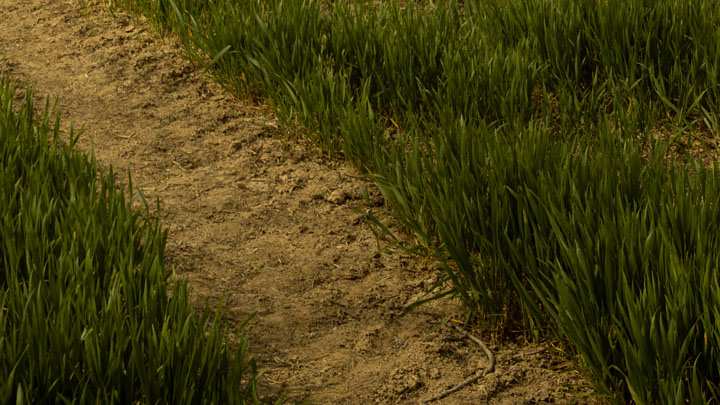
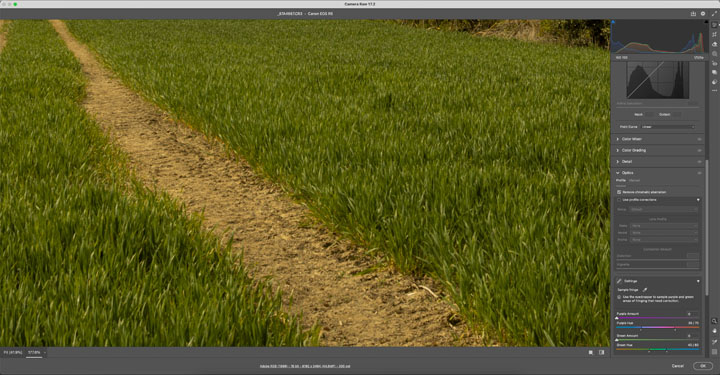
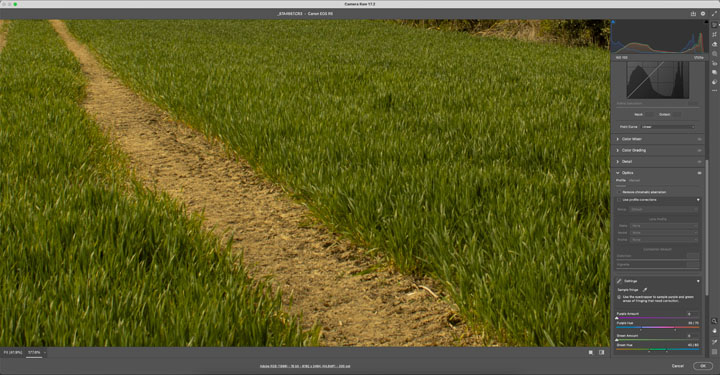
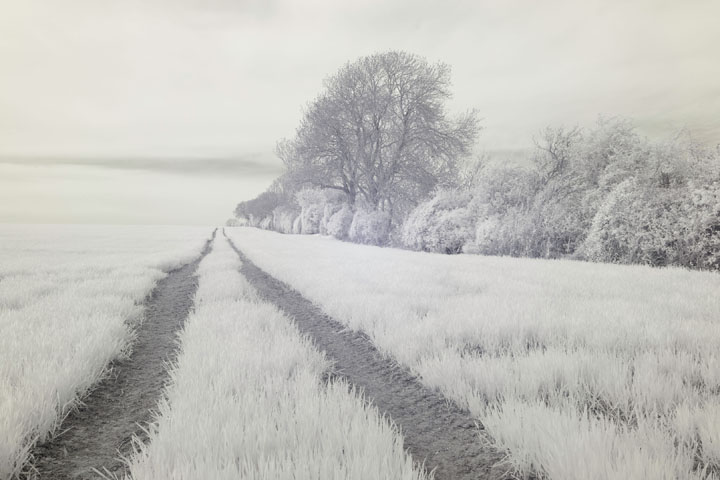
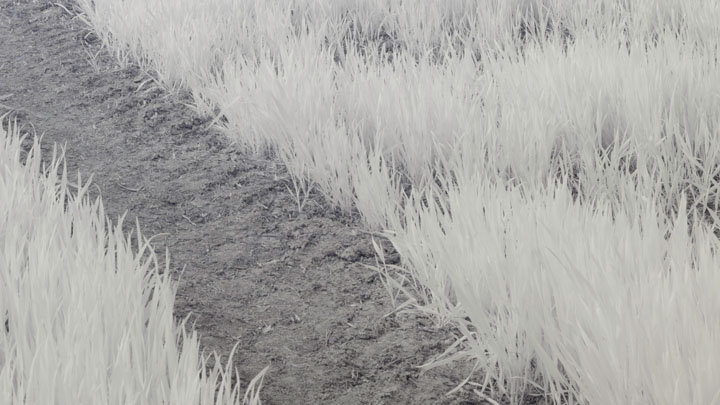
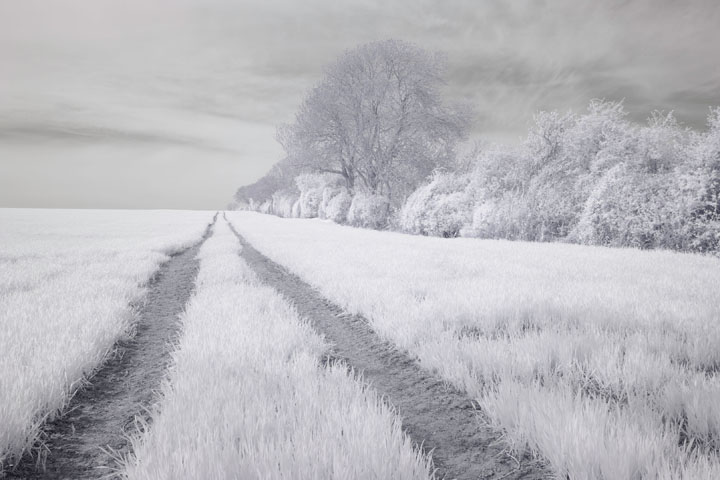
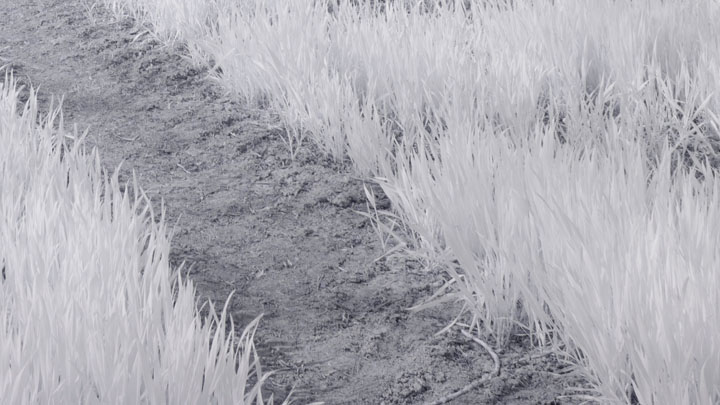


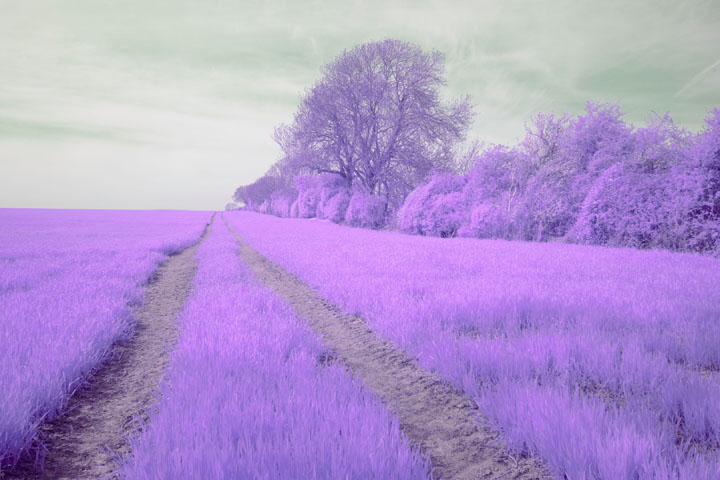

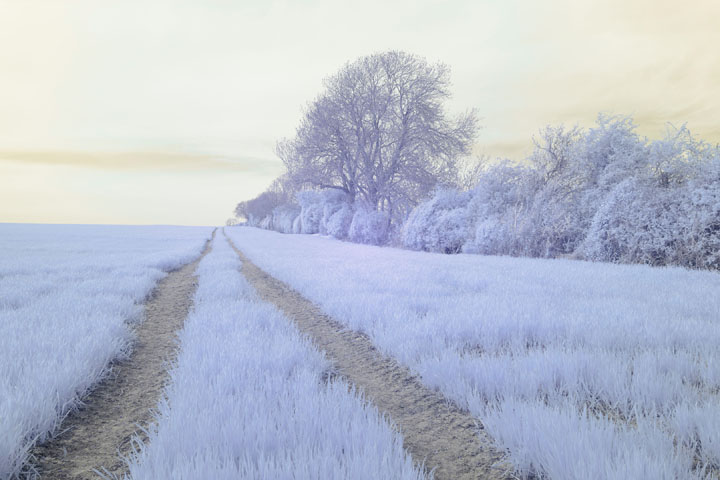
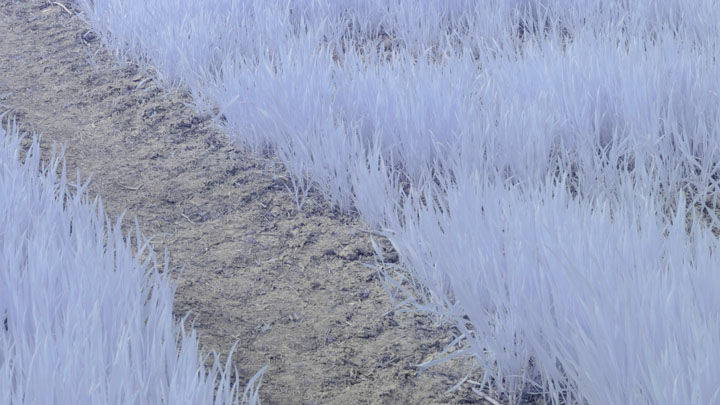
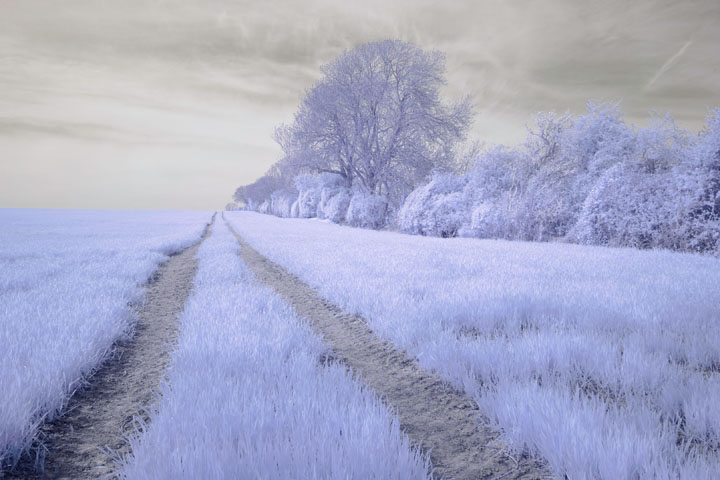
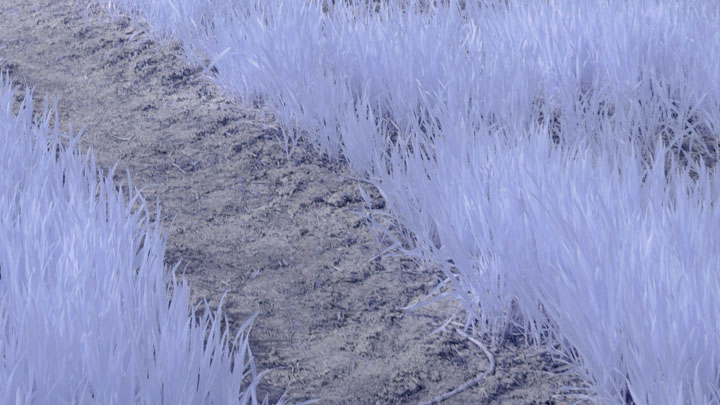
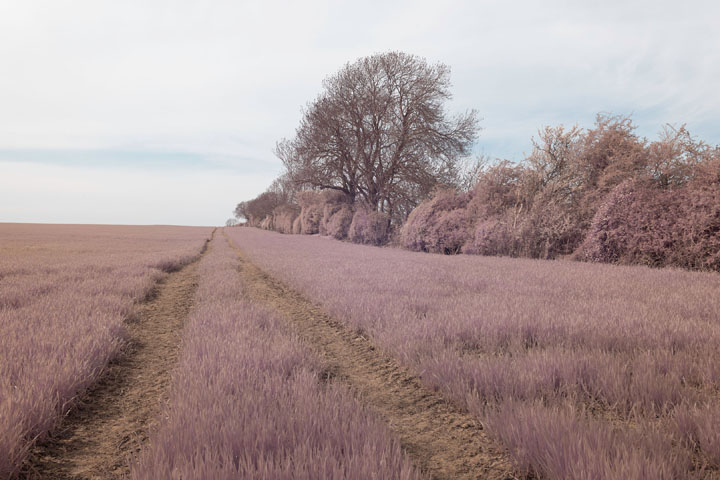
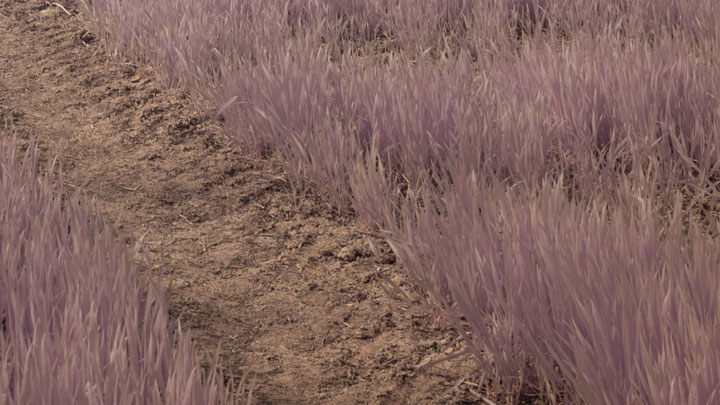
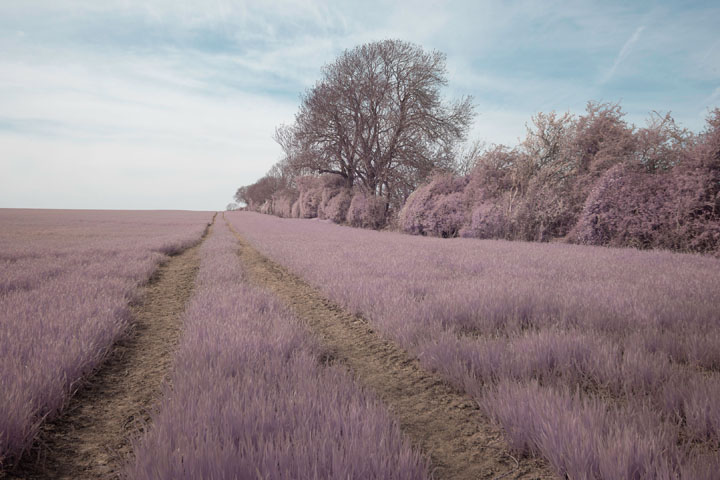
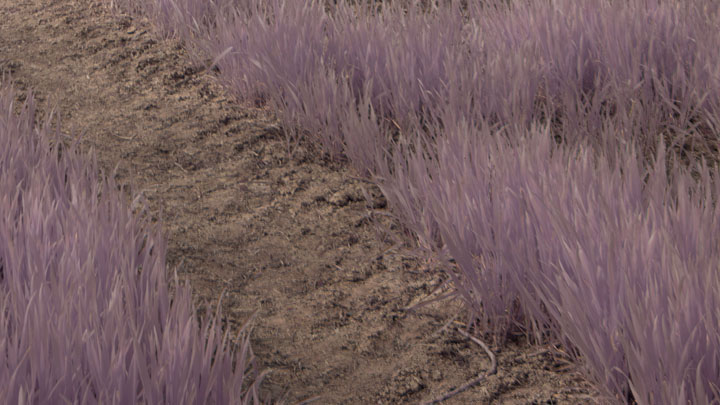
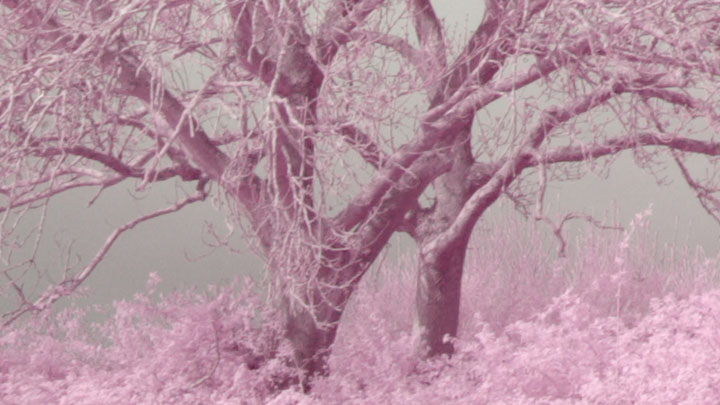
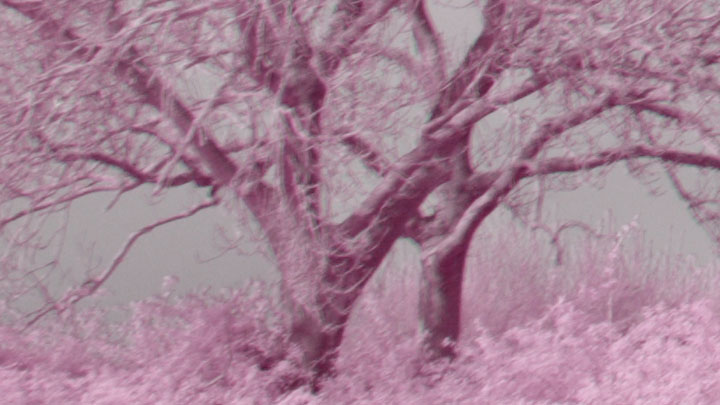
Leave a Reply